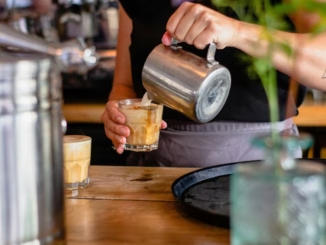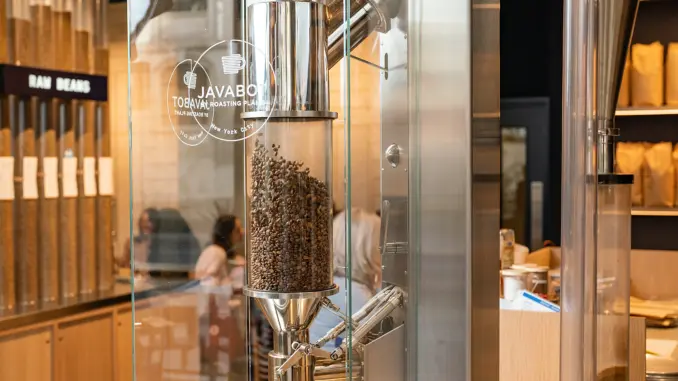
In today’s article, we navigate the barista’s role in an automated coffee landscape.
BY VASILEIA FANARIOTI
SENIOR ONLINE CORRESPONDENT
Featured photo courtesy of Roasting Plant
In the wake of the COVID-19 pandemic, the global landscape has witnessed a dramatic shift toward embracing automation in various sectors. In many industries, businesses have been prompted to reevaluate their operational strategies as they consider adopting various technologies.
This transformation is particularly evident in the coffee industry, where automation has become a subject of vigorous debate. While some view it as a path to efficiency and innovation, others argue that it threatens to dilute the essence of traditional coffee craftsmanship.
Inspired by Jaxson Schor’s article “Auto/Analog: Industry Perspectives on Café Automation“ in the latest issue of Barista Magazine, I decided to delve into the evolving topic of automation within the coffee industry, with a specific focus on coffee shops.
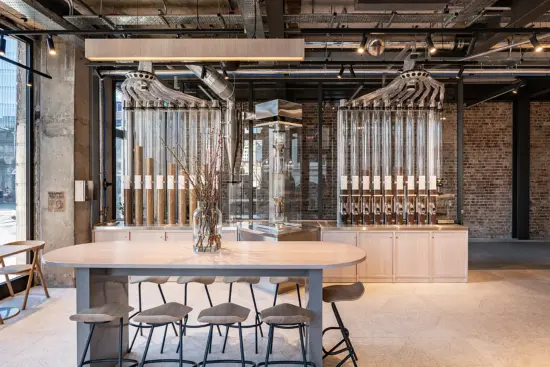
The Artistry of Coffee-Making in an Automated World
If there is one common theme I’ve noticed from attending coffee-industry expos around the world, it’s that automation often takes center stage. It’s not uncommon to witness a professional barista meticulously crafting a latte art masterpiece on one side of the aisle. On the other, a gleaming, state-of-the-art espresso machine churns out perfectly calibrated shots of espresso with mechanical precision.
The tension between these two worlds is palpable, and it reflects the broader dichotomy that is currently playing out in coffee shops worldwide. Automating processes can have a wide variety of benefits for a coffee shop, including enhanced efficiency, consistency in product quality, and cost savings. However, in the quest for efficiency and standardization, some argue that we may be losing the personal touch that defines the art of coffee-making.
What’s more, with automation gaining ground, concerns have arisen about the future. What will happen to barista jobs? Will coffee culture become homogenized? The coffee-shop barista, often seen as the heart and soul of the establishment, stands at the forefront of this debate. These skilled individuals bring an element of human connection to the coffee experience that automated machines cannot replicate.
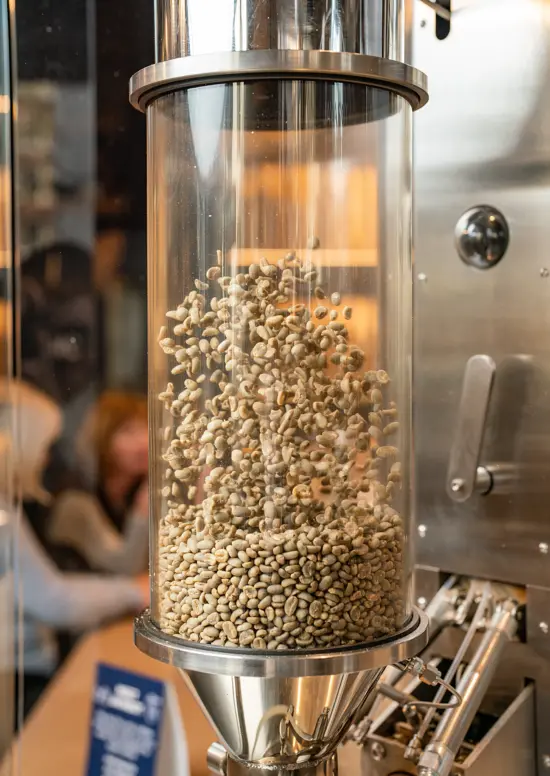
A barista can engage in a meaningful conversation with a customer, tailor a drink to suit individual tastes, and create an environment that goes beyond just serving coffee. In the eyes of many coffee enthusiasts, it is the barista’s touch that elevates the simple act of brewing coffee into an art form.
Baristas and The Age Of Automation
Let’s consider the role of the barista that works at Roasting Plant for a moment. Roasting Plant’s Javabot Coffee System, an all-electric and zero-emission in-store roaster, roasts coffee at every Roasting Plant café, where each cup is prepared to order within 60 seconds. The tubes holding the coffee are connected to coffee machines equipped with integrated grinders. Baristas can select various options through a touch-screen interface on these machines to prepare the final beverage.
I reached out to Roasting Plant CEO Jamie Robertson to ask if the baristas are receptive to this technology. “Our baristas have been receptive to working alongside the Javabot. They view it as a tool that enhances their skills rather than a threat to their job security,“ Jamie says. “The Javabot handles the task of roasting the beans, allowing our baristas to focus on brewing and customizing the perfect cup of coffee for our customers. The Javabot is designed to complement their roles, not replace them.”
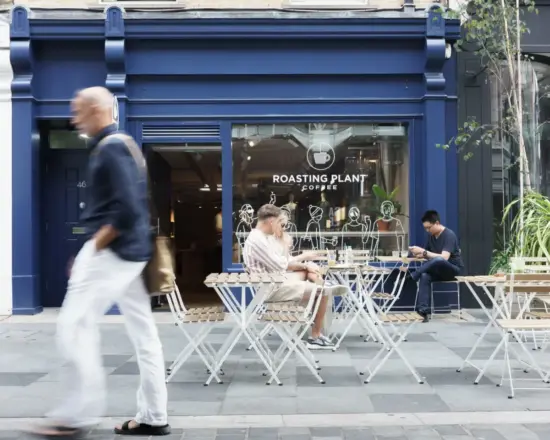
Jamie pointed out to me that the Javabot’s purpose is not to save costs, but to elevate the coffee experience for customers. While I agree that keeping the customer at the forefront is important in decision-making, developing technology from a barista’s perspective is equally significant.
Check out part two of this article here.
ABOUT THE AUTHOR
Vasileia Fanarioti (she/her) is a senior online correspondent for Barista Magazine and a freelance copywriter and editor with a primary focus on the coffee niche. She has also been a volunteer copywriter for the I’M NOT A BARISTA NPO, providing content to help educate people about baristas and their work. You can follow her adventures at thewanderingbean.net.
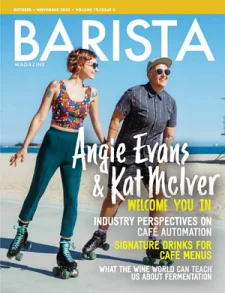
READ THE LATEST BARISTA MAGAZINE
Out now: It’s the October + November 2023 issue of Barista Magazine! Read for free with our digital edition. And for more than three years’ worth of issues, visit our digital archives here.
Get a hard copy of the magazine through our online store, or start a subscription for one year or two.


